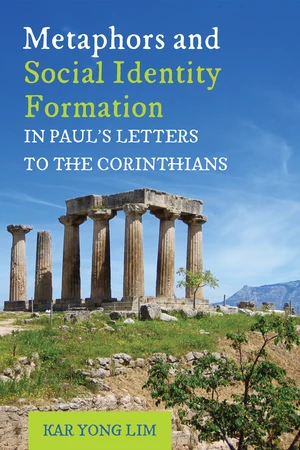Why did Paul frequently employ a diverse range of metaphors in his letters to the Corinthians? Was the choice of these metaphors a random act or a carefully crafted rhetorical strategy? Did the use of metaphors shape the worldview and behavior of the Christ-followers? In this innovative work, Kar Yong Lim draws upon Conceptual Metaphor Theory and Social Identity Theory to answer these questions. Lim illustrates that Paul employs a cluster of metaphors--namely, sibling, familial, temple, and body metaphors--as cognitive tools that are central to how humans process information, construct reality, and shape group identity. Carefully chosen, these metaphors not only add colors to Paul's rhetorical strategy but also serve as a powerful tool of communication in shaping the thinking, governing the behavior, and constructing the social identity of the Corinthian Christ-followers.
Price history
▲0.72%
Dec 28, 2021
€30.58
▼-0.13%
Dec 21, 2021
€30.36
▼-0.13%
Dec 14, 2021
€30.40
▲0.28%
Dec 13, 2021
€30.43
▼-0.72%
Dec 6, 2021
€30.35
▼-0.03%
Dec 2, 2021
€30.57
Oct 25, 2021
€30.58

